| Revista Umělec 1997/3 >> A Work Should Relate to Everything (Interview With Julian Opie) | Lista de todas las ediciones | ||||||||||||
|
|||||||||||||
A Work Should Relate to Everything (Interview With Julian Opie)Revista Umělec 1997/301.03.1997 Julian Opie | q&a | en cs |
|||||||||||||
|
What is the relation between searching for simple and understandable forms of your work and its most general expression?
With my work, I start with nothing, then add a little bit to that from my own experience. It´s about trying to set up a visual expression. I´m not interested in art in which artists make work that is itself an extraordinary object. What i´m more interested in is the relation between the viewer and the object: what it´s like looking at it. I suppose I continue in minimalist tradition of immediate and purely visual experience. I´m interested in the relation of images to memory. The way that everything looks relates to culture, to people´s experience. Blind people who get their sight back still cannot see for about three months. They have to learn by touching and looking at the same time. My work is about recognition rather than pure visual experience. Even thouhg it´s minimalist, it´s not abstract all the way. (If you look at my work) you see that this box is a cow – it´s not complicated. It offers itself and disappears. It´s more like invication of the image of the cow. Everything is negating itself. You get back. The cow has to exist. It could be a projection, it could be on canvas but this bears cultural reference and meaning. A box is a modern, western object – like a wall or a canvas. I was looking for neutral housing for the image. The image is then neutral evocation of the object. Making calm, 19th century fantasy, is sort of escape from the city. The cow, on the other hand, is an industrial image. I´m trying to take the most overused, low version of reality and find beauty in it. Take a Tahiti beach. You have two choices: to refind innocence, pretend you don´t see the modern world. The other is to accept the package holidays, litter, postcards and stories from friends and accept that as part of experience. For some people the world isn´t already enough. They try to find something outside – in the stars. I think that it´s not possible to see what it is around us. We´re involved in it. People may just get a glimpse. Frr me ti´s fairly uncontrolled, instinctive visual artistic step at what it´s like around the world. I drew the county side, copied off boxes, computers and tried to recreate another situation, a virtual world out of the sources. Some people would say: “How depressive.” Are there any principles you follow in your work? It has to look good. It should be as small as possible. None of the decisions should be arbitrary. The work has to be circular – it relates to everything. Doing a pink cow would be out, a cow bigger than the box would be off. It should be normal and correct. Do you think that contemporary art only strives to be shocking and surprising? There is definitely room for a kind of work that grabs your attention. As you say, shocking and surprising works are very important. The world is a group in western, generalized way, it has a set way of looking at things. Although the world has changed we´re looking at it by the eyes we´ve learnt to look at it. Art has to see the way that things are, more up-to-date. There are works that rely on being sensational in a conservative sense, like child pornography. (page 5)
01.03.1997
Artículos recomendados
|
|||||||||||||
|
04.02.2020 10:17
Letošní 50. ročník Art Basel přilákal celkem 93 000 návštěvníků a sběratelů z 80 zemí světa. 290 prémiových galerií představilo umělecká díla od počátku 20. století až po současnost. Hlavní sektor přehlídky, tradičně v prvním patře výstavního prostoru, představil 232 předních galerií z celého světa nabízející umění nejvyšší kvality. Veletrh ukázal vzestupný trend prodeje prostřednictvím galerií jak soukromým sbírkám, tak i institucím. Kromě hlavního veletrhu stály za návštěvu i ty přidružené: Volta, Liste a Photo Basel, k tomu doprovodné programy a výstavy v místních institucích, které kvalitou daleko přesahují hranice města tj. Kunsthalle Basel, Kunstmuseum, Tinguely muzeum nebo Fondation Beyeler.
|







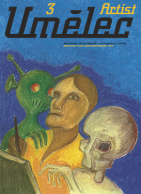
















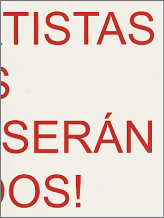
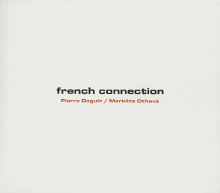
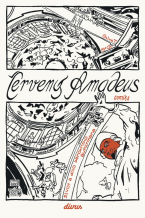
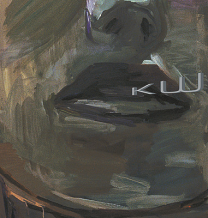


 New book by I.M.Jirous in English at our online bookshop.
New book by I.M.Jirous in English at our online bookshop.
Comentarios
Actualmente no hay comentariosAgregar nuevo comentario